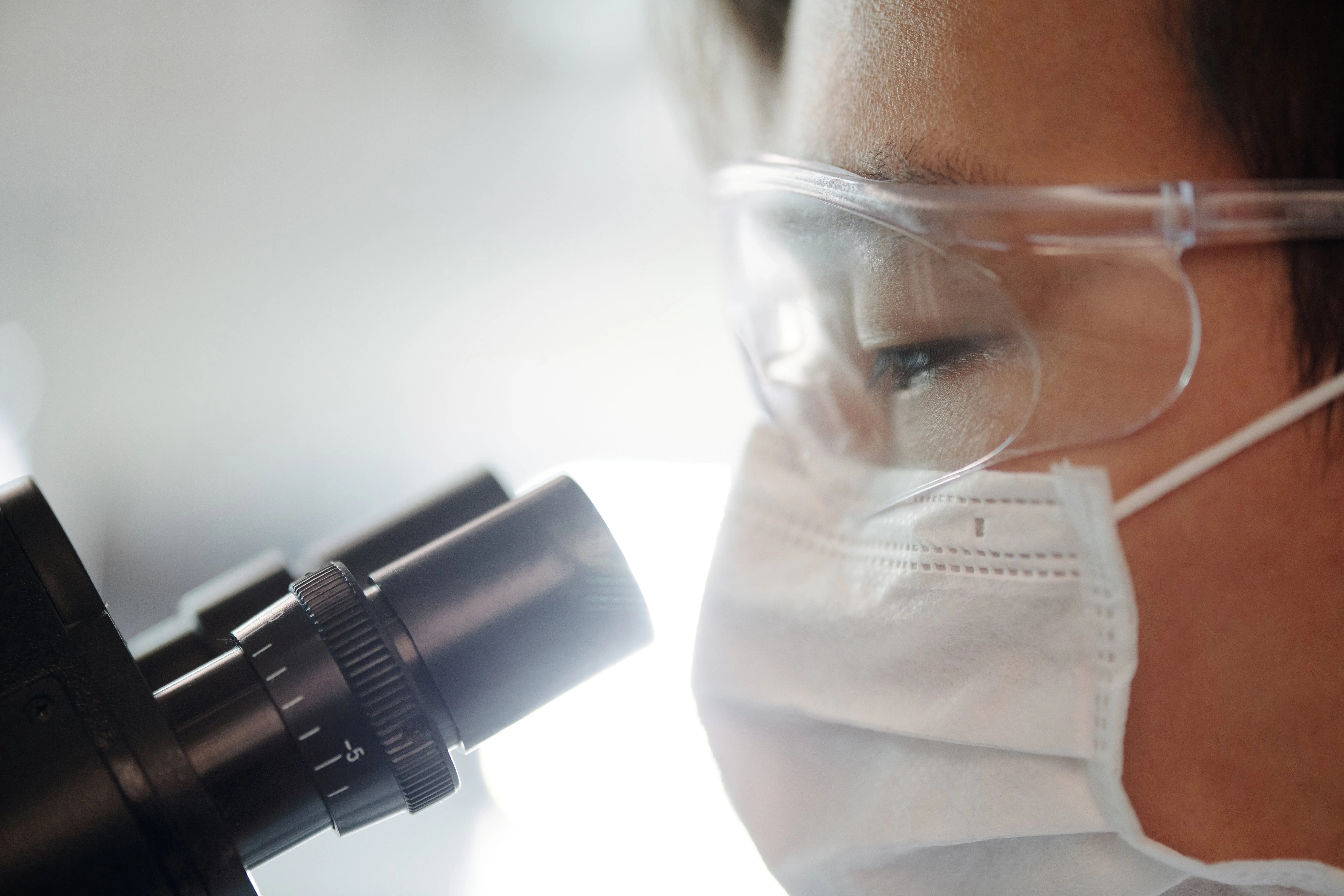Blog
The Lifecycle of Clinical Trials: A Detailed Guide (2024 Edition)
Clinical trials are pivotal in advancing medical science, providing a structured approach to testing new drugs, treatments, and medical devices for safety and efficacy before they become accessible to the public. A thorough understanding of the clinical trial lifecycle is essential for professionals in healthcare, pharmaceuticals, and clinical research. This article presents an in-depth, up-to-date exploration of the clinical trial process as of 2024, covering stages, timelines, departments, and key personnel involved.
Overview of Clinical Trials
Clinical trials are systematic studies involving human participants to assess the effects of new medicinal products. They are vital in translating research into practical medical treatments, ensuring that new interventions are both safe and effective before they are widely used.
Preclinical Research Phase
Before initiating a clinical trial, extensive preclinical research is conducted. This involves laboratory experiments and animal studies to gather initial safety and efficacy data. Preclinical research is essential to determine whether a drug or device is suitable for human testing.
- Purpose: To evaluate the safety and biological activity of a new treatment.
- Methods: Laboratory tests, animal studies, toxicity assessments.
- Outcome: Data supporting the initiation of human trials.
Phases of Clinical Trials
Phase 0: Initial Studies
Phase 0 trials, or microdosing studies, are the earliest phase of clinical research. These studies involve administering very small doses to a small group of participants to gather preliminary data on how the drug is metabolized and behaves in the body.
- Purpose: To study drug behavior in the human body.
- Participants: 10-15.
- Duration: Days to weeks.
- Outcome: Data on drug metabolism and availability.
Phase I: Safety and Dosage Determination
Phase II trials expand the participant pool to evaluate the drug's efficacy while continuing to monitor for side effects. These trials often involve individuals with the condition the drug aims to treat.
- Purpose: To assess drug effectiveness and monitor side effects.
- Participants: 100-300.
- Duration: Several months to two years.
- Outcome: Preliminary efficacy data and safety evaluation.
Phase III: Confirmatory Studies
Phase III trials are large-scale studies that gather extensive data on the drug's effectiveness and safety by comparing it to the standard treatment. These trials are crucial for securing regulatory approval.
- Purpose: To confirm efficacy, monitor side effects, and compare with standard treatments.
- Participants: 300-3,000.
- Duration:b> One to four years.
- Outcome: Data for regulatory approval, confirming that the benefits outweigh the risks.
Phase IV: Post-Approval Monitoring
Once a drug or device is approved and available on the market, Phase IV trials (post-marketing studies) are conducted to monitor its long-term safety and effectiveness in the general population.
- Purpose: To monitor long-term safety and efficacy in a broad patient population.
- Participants: Thousands.
- Duration: Ongoing.
- Outcome: Long-term data on safety and effectiveness, identification of rare side effects.
Regulatory Review and Approval Process
Before starting a clinical trial, approval from regulatory authorities like the U.S. Food and Drug Administration (FDA) or the European Medicines Agency (EMA) is mandatory. This involves reviewing preclinical data, the trial protocol, and informed consent documents to ensure the study is scientifically and ethically sound.
- Key Regulatory Bodies: FDA (USA), EMA (Europe), PMDA (Japan), MHRA (UK), CDSCO (India).
- Key Documents: Investigational New Drug (IND) application, Clinical Trial Authorization (CTA), Informed Consent Form (ICF).
- Outcome: Authorization to conduct the clinical trial.
Essential Departments and Personnel in Clinical Trials
Clinical trials require collaboration across various departments and professionals. Below is a summary of the key departments and their roles.
| Department | Role |
|---|---|
| Clinical Operations | Manages the trial's day-to-day activities. |
| Regulatory Affairs | Ensures compliance with regulations and handles submissions. |
| Data Management | Handles data collection, cleaning, and analysis. |
| Biostatistics | Designs the trial and analyzes data statistically. |
| Medical Writing | Prepares clinical reports, manuscripts, and regulatory documents. |
| Pharmacovigilance | Monitors adverse events and ensures patient safety. |
| Quality Assurance (QA) | Ensures the trial adheres to Good Clinical Practice (GCP) standards. |
| Investigators (Principal and Sub) | Conducts the trial at sites, overseeing patient care and data integrity. |
| Clinical Research Associates (CRAs) | Monitors sites to ensure protocol and regulatory compliance. |
Typical Clinical Trial Timeline
The timeline for a clinical trial varies depending on the phase, therapeutic area, and complexity. Here’s an estimated timeline for a standard drug development process:
| Phase | Timeline |
|---|---|
| Preclinical Research | 1-3 years |
| Phase 0 | Days to weeks |
| Phase I | Several months |
| Phase II | Several months to 2 years |
| Phase III | 1-4 years |
| Regulatory Review | 6 months to 2 years |
| Phase IV | Ongoing |
Flowchart: Clinical Trial Process and Departmental Interactions
The following is a flowchart that visualizes the interactions between various departments throughout the clinical trial lifecycle.
Flowchart Explanation:
- Preclinical Research: The process starts with preclinical research, where potential drugs or devices undergo initial testing in labs and animal models. The data collected here guides trial design and supports regulatory submissions.
- Clinical Operations: This team develops the study protocol, selects trial sites, and manages logistics. They coordinate with Regulatory Affairs to ensure all necessary approvals are in place.
- Regulatory Affairs: This department ensures the trial meets all regulatory requirements, handling submissions for Investigational New Drug (IND) or Clinical Trial Authorization (CTA) applications. Investigators and Clinical Sites: After obtaining approvals, investigators at clinical sites enroll participants, manage patient care, and gather data, ensuring compliance with the trial protocol.
- Data Management: The Data Management team processes the data collected by investigators, ensuring accuracy and integrity through data cleaning and analysis.
- Biostatistics: Biostatisticians design the trial and analyze the data statistically to assess the treatment's efficacy and safety, which is critical for interpreting the results.
- Clinical Research Associates (CRAs): CRAs monitor clinical sites to ensure compliance with the protocol and Good Clinical Practice (GCP) standards, reporting on site activities, including patient recruitment and data collection.
- Pharmacovigilance: This team continuously monitors for adverse events during the trial, ensuring patient safety and reporting any significant issues to regulatory bodies.
- Quality Assurance (QA): QA teams conduct audits and inspections to ensure compliance with GCP and other regulatory standards, preparing for possible regulatory audits.
- Medical Writing: Medical writers compile clinical study reports, New Drug Applications (NDA), and other regulatory documents, presenting the trial data in a comprehensive narrative that supports drug approval.
Challenges in Conducting Clinical Trials
Even with meticulous planning, clinical trials face several challenges:
- Participant Recruitment: It can be challenging to find and retain suitable participants, especially for rare diseases.
- Regulatory Compliance:b> Ensuring the trial adheres to all relevant regulations requires ongoing attention. Data Integrity: The accuracy and reliability of data are crucial for the success of the trial.
- Ethical Standards:b> Maintaining high ethical standards is essential to protect participants' rights and well-being.
- Funding: Clinical trials are costly, and securing adequate funding is a significant hurdle.
Conclusion
The clinical trial process is intricate and requires close coordination among various departments and professionals. From preclinical research to post-market surveillance, each stage is essential in ensuring new treatments are safe, effective, and ready for widespread use. By understanding the clinical trial lifecycle, stakeholders can appreciate the effort involved in bringing new therapies to market, contributing to advancements in healthcare.
Clinical Trial Career - Perfect for Life Sciences Graduates
The life sciences and pharma industries are at the forefront of groundbreaking discoveries, constantly pushing the boundaries of healthcare.
Drug Development – A Challenging Career
The development of any drug is a very complex and time taking process. Since the advent of medical science, the development of effective and safe drugs has been a challenge.
Advantage of Capstone Project
In the realm of academia, a capstone project holds a significant place as a culminating experience that consolidates the knowledge and skills acquired throughout a student's academic journey.



